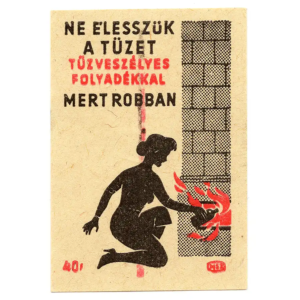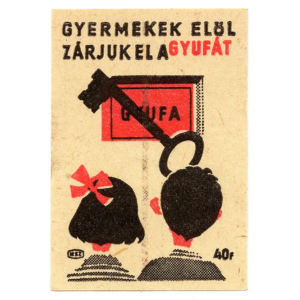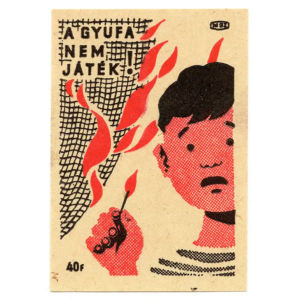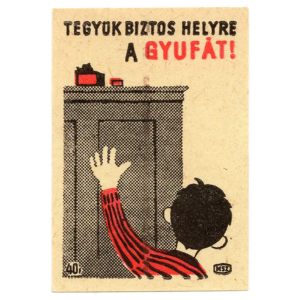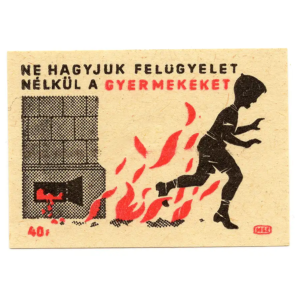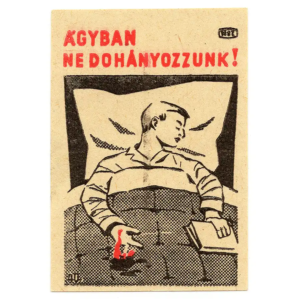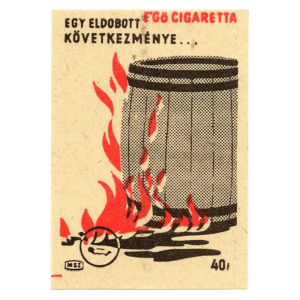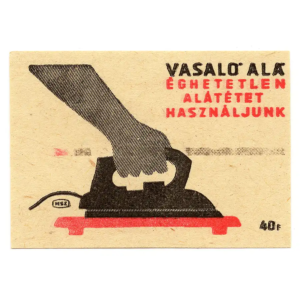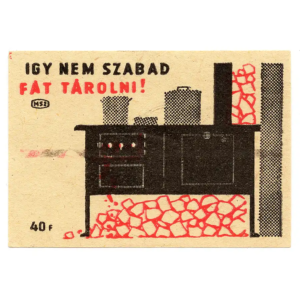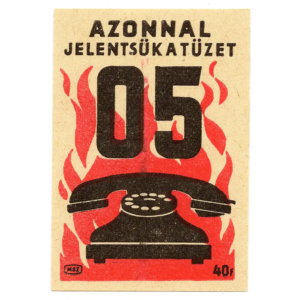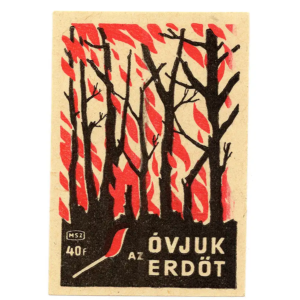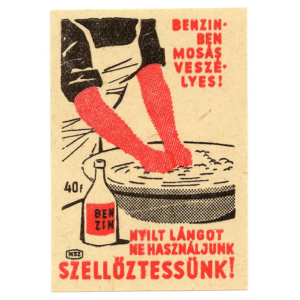Refine the gallery view by selecting the tag below:
Fire safety in Soviet-era Hungary was centralized under state control. Local fire brigades, often integrated with civil defense, operated in towns and industrial hubs. Equipped with Soviet-made fire engines and basic gear, their focus was on protecting factories, collective farms, and urban areas. By the 1970s, Hungary had around 800 fire brigades, but limited resources and outdated technology hampered their efficiency.
Industrial fires were frequent, with an average of 5,000 incidents annually, many in factories or cooperatives. Public campaigns aimed to reduce risks, educating citizens in schools and workplaces. However, training for firefighters and public awareness were insufficient, leading to slower response times and higher property damage.
In modern Hungary, the situation has improved significantly. By comparison, today’s fire safety infrastructure includes over 1,000 professional brigades with access to advanced equipment and technologies like thermal imaging cameras and rapid-response vehicles. Annual fire incidents have decreased by over 30%, attributed to stricter safety regulations and improved public education.
This evolution highlights Hungary’s progress from a resource-constrained Soviet system to a modern fire safety framework, better equipped to protect lives and property.

